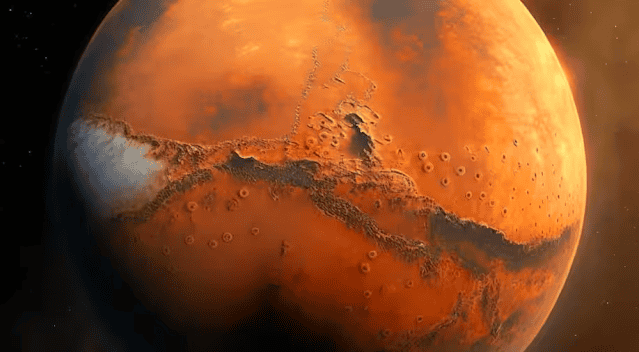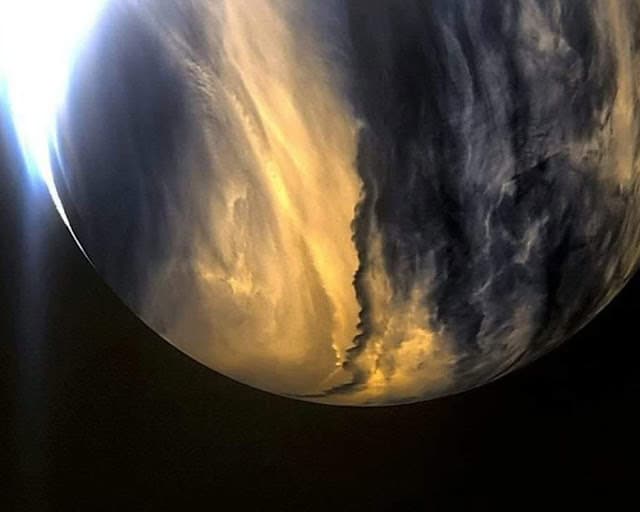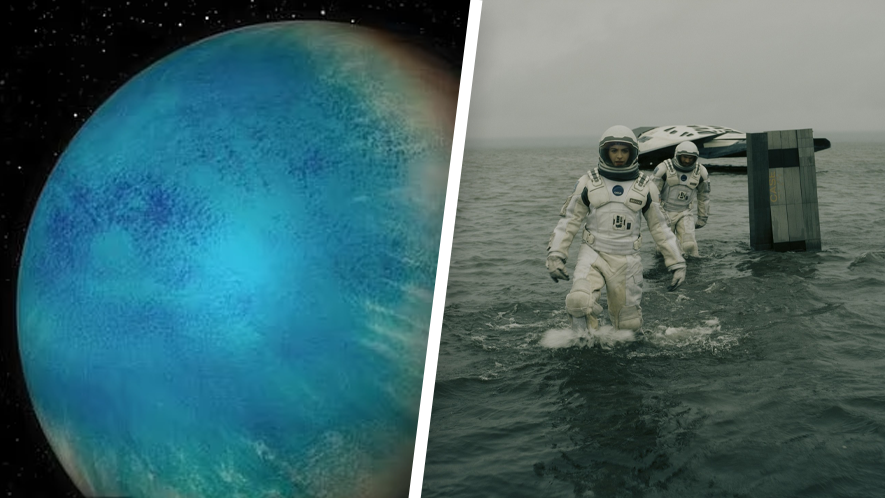NASA Scientist is ‘Absolutely Certain’ There is Alien Life in our Solar System – and Where There Are Hiding
With thousands of exoplanets already discovered and many more waiting to be unveiled, our understanding of the universe is ever-evolving.

A Glimpse into the Vastness of the Universe
As of writing, there are 5,312 confirmed exoplanets, and more than 9,000 candidates awaiting confirmation, according to NASA. This remarkable increase in the number of known exoplanets since the first discovery of a planet orbiting a sun-like star in 1995 is a testament to the rapid advancements in our understanding of the cosmos. With each newly discovered exoplanet, we gain insights into their unique characteristics and potential for habitability, further fueling our curiosity about the possibility of extraterrestrial life. In this article, we’ll explore some of the most intriguing exoplanets discovered to date, examine the factors that make them ideal candidates for hosting life, and discuss the ongoing efforts to uncover the secrets of these distant worlds.
The Kepler Mission: A Revolution in Exoplanet Discovery
The Kepler Space Telescope, launched by NASA in 2009, revolutionized the search for exoplanets. By continuously monitoring the brightness of over 150,000 stars, Kepler detected subtle dips in brightness caused by planets passing in front of their host stars. Over its nine-year mission, Kepler discovered more than 2,700 confirmed exoplanets and thousands of potential candidates, forever changing our understanding of the universe and the search for alien life.
TRAPPIST-1: A System of Seven Earth-sized Worlds
The TRAPPIST-1 system, located 40 light-years away from Earth, made headlines in 2017 with the discovery of seven Earth-sized planets orbiting a single, ultra-cool dwarf star. Three of these planets – TRAPPIST-1e, f, and g – are located within the star’s habitable zone, making them prime candidates for hosting liquid water and potentially life. The compact nature of the system and the potential for interplanetary interactions make TRAPPIST-1 a fascinating target for future study and space missions.
Proxima Centauri b: Our Cosmic Neighbor
Located just over four light-years away from Earth, Proxima Centauri b is the closest known exoplanet to our solar system. Orbiting within the habitable zone of its red dwarf host star, Proxima Centauri, this rocky world is roughly the same size as Earth and could have conditions suitable for life. The close proximity of this exoplanet to our solar system makes it an ideal target for future space missions and the search for extraterrestrial life.
Kepler-22b: A Pioneering Discovery in the Hunt for Earth-like Worlds
In the search for exoplanets, Kepler-22b stands out as a pioneering discovery. Located approximately 600 light-years away from Earth, this intriguing world was the first exoplanet found within the habitable zone of a sun-like star by the Kepler Space Telescope. With a radius about 2.4 times that of Earth, Kepler-22b is classified as a super-Earth, a type of exoplanet with a mass larger than Earth but lighter than Neptune.
Although the composition of Kepler-22b remains uncertain, its location within the habitable zone of its star raises the possibility of surface liquid water and a potentially life-sustaining environment. The discovery of Kepler-22b marked a significant milestone in our quest to find Earth-like worlds beyond our solar system. It continues to spark our curiosity about the potential for extraterrestrial life.
Ross 128 b: A Quiet and Temperate Neighbor
Another exoplanet located within our cosmic neighborhood is Ross 128 b, situated just 11 light-years away from Earth. This Earth-sized planet orbits an inactive red dwarf star, meaning it experiences less harmful radiation than planets around more active stars. Ross 128 b’s location within its star’s habitable zone and its relatively calm environment make it a promising candidate for the search for alien life.

The Future of Exoplanet Exploration and the Search for Life
As technology advances, our ability to detect and study exoplanets will continue to improve. Upcoming missions, such as the James Webb Space Telescope and the European Space Agency’s PLATO mission, promise to deliver even more detailed information about these distant worlds. By examining the atmospheres and conditions of these exoplanets, scientists hope to uncover definitive signs of life beyond our solar system.
A Universe Full of Possibilities
The fascinating discoveries of exoplanets such as TRAPPIST-1, Proxima Centauri b, Kepler-22b, and Ross 128 b have not only broadened our understanding of the cosmos, but also ignited our imaginations about the potential existence of alien life. These distant worlds, each with their own unique characteristics, offer glimpses into diverse environments and the possibility of thriving ecosystems beyond our solar system.
As our quest to explore these enigmatic planets continues, we come ever closer to answering one of humanity’s most profound questions: Are we alone in the universe? The potential discovery of extraterrestrial life would forever change our perspective on our place in the cosmos and reveal that our universe is truly teeming with possibilities.

The Boundaries of Exploration
While the search for extraterrestrial life presents more questions than answers, Venus remains a subject of intense scientific interest. Its hostile environment contrasts sharply with subtle, yet compelling, indications of life potential in its atmosphere. As the ongoing debate unfolds, Venus continues to push the boundaries of our understanding, acting as a window into the possibilities of life existing beyond Earth.
The study of Venus serves as a testament to the resilience of life’s potential and challenges our understanding of where life can exist. It is a chapter in an ongoing saga that broadens our cosmic perspective, as we strive to answer one of humanity’s oldest questions: Are we alone in the universe?





